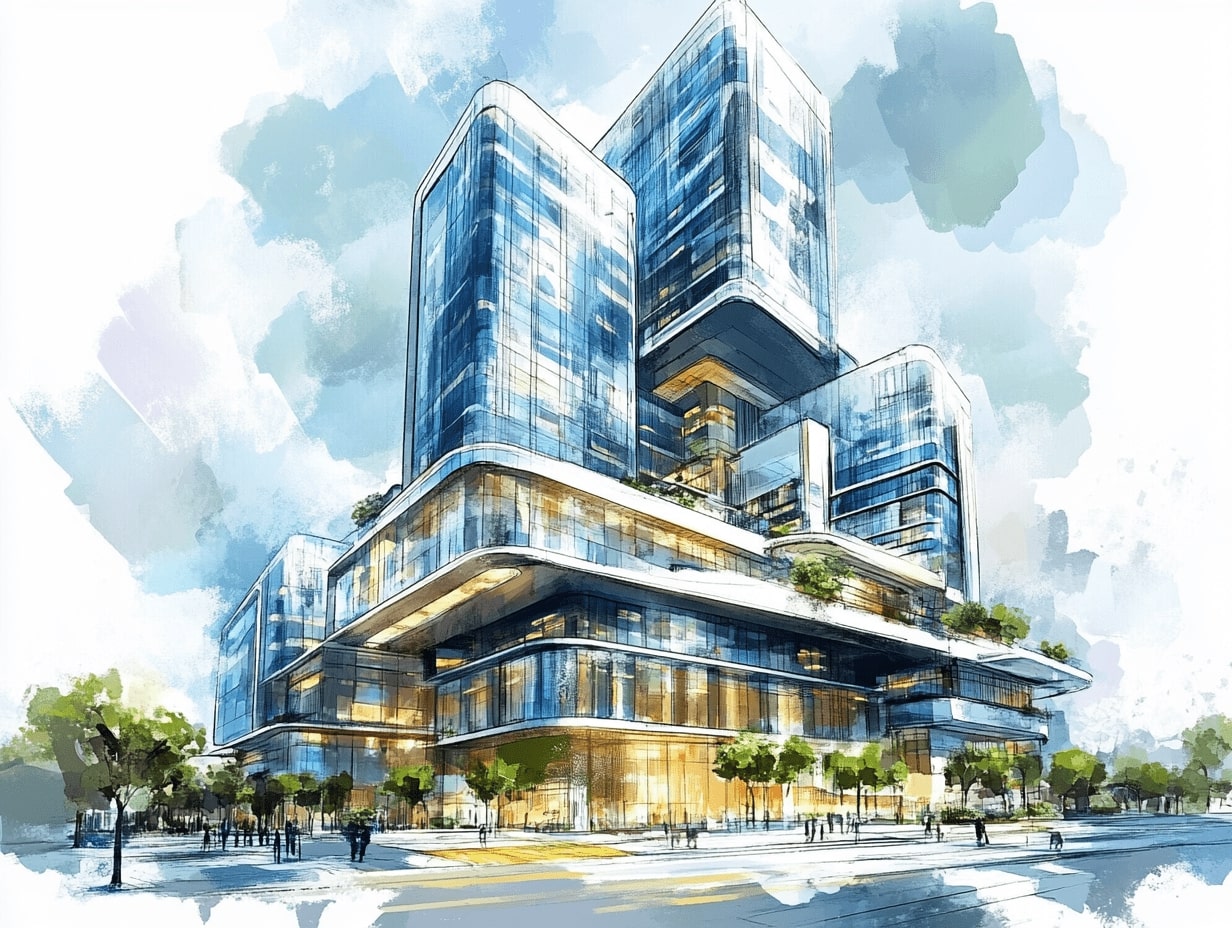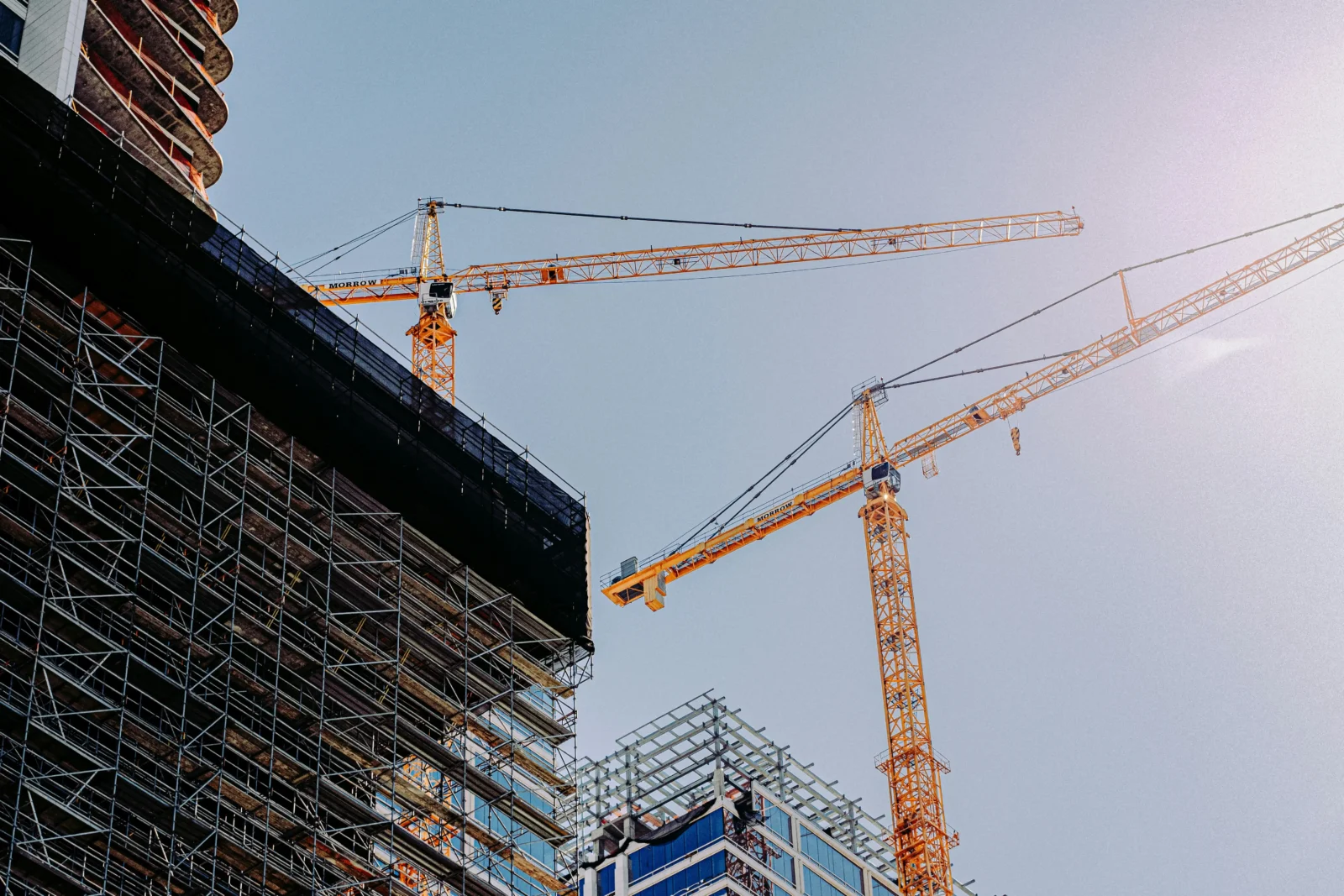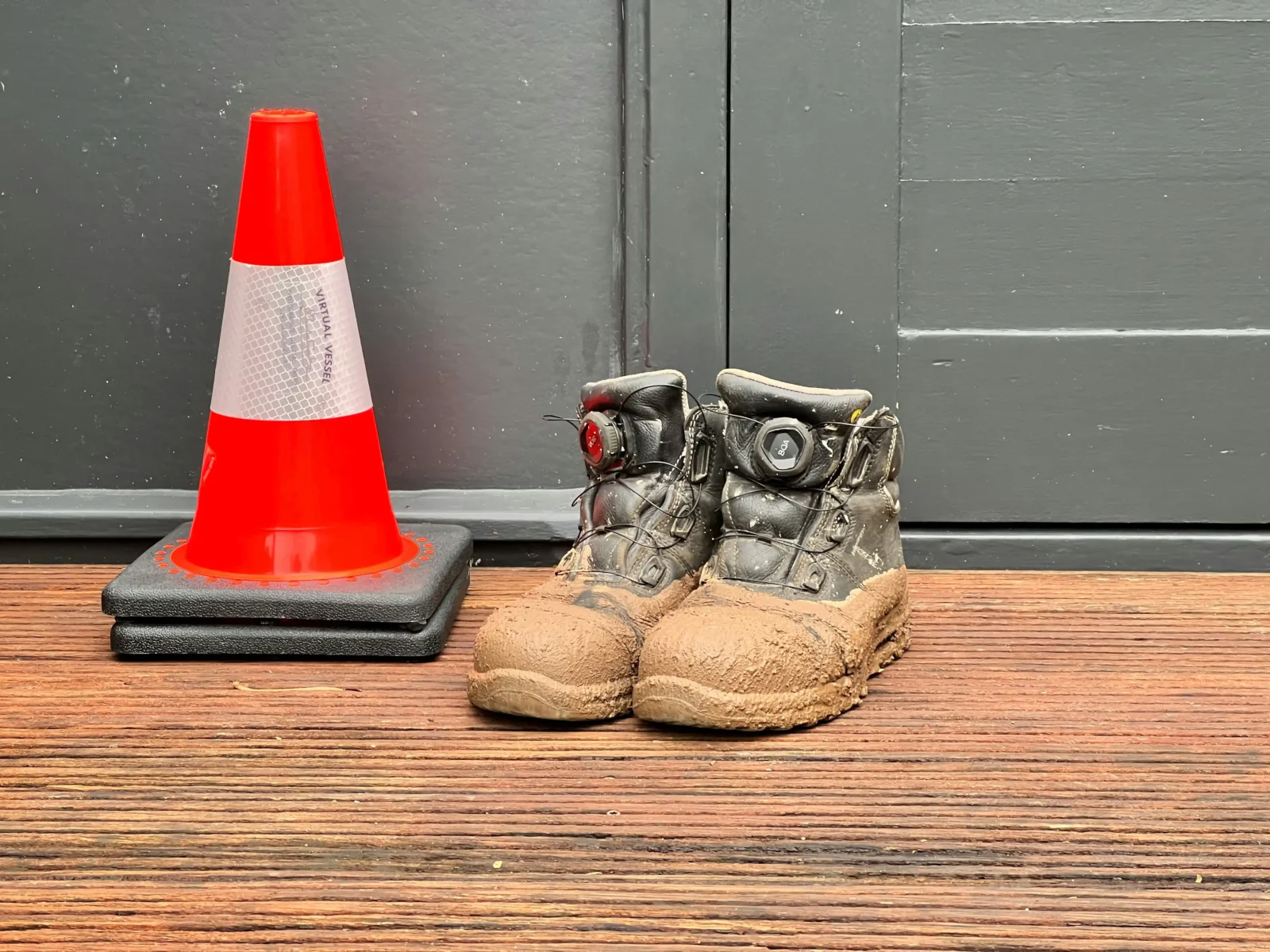- Home
- Articles
- Architectural Portfolio
- Architectral Presentation
- Inspirational Stories
- Architecture News
- Visualization
- BIM Industry
- Facade Design
- Parametric Design
- Career
- Landscape Architecture
- Construction
- Artificial Intelligence
- Sketching
- Design Softwares
- Diagrams
- Writing
- Architectural Tips
- Sustainability
- Courses
- Concept
- Technology
- History & Heritage
- Future of Architecture
- Guides & How-To
- Art & Culture
- Projects
- Interior Design
- Competitions
- Jobs
- Store
- Tools
- More
- Home
- Articles
- Architectural Portfolio
- Architectral Presentation
- Inspirational Stories
- Architecture News
- Visualization
- BIM Industry
- Facade Design
- Parametric Design
- Career
- Landscape Architecture
- Construction
- Artificial Intelligence
- Sketching
- Design Softwares
- Diagrams
- Writing
- Architectural Tips
- Sustainability
- Courses
- Concept
- Technology
- History & Heritage
- Future of Architecture
- Guides & How-To
- Art & Culture
- Projects
- Interior Design
- Competitions
- Jobs
- Store
- Tools
- More
How to Create a Safe and Productive Warehouse Layout

Creating a safe and efficient warehouse layout is essential for maintaining smooth operations and safeguarding your team. A well-thought-out design not only enhances productivity but also reduces the risk of accidents and injuries. With the right strategies in place, your warehouse can run like a well-oiled machine, improving workflow, inventory management, and overall safety.
In this post, we’ll explore eight key ways to optimize your warehouse layout to maximize safety and productivity. From organizing traffic flow to ensuring proper signage, each step plays a crucial role in creating an environment where both employees and operations can thrive. Whether you’re setting up a new warehouse or reevaluating your existing space, these tips will help you create a layout that supports your goals. Let’s get started.
Table of Contents
ToggleOptimize Traffic Flow with Clear Pathways and Zones
In any warehouse, traffic flow is key to ensuring both safety and efficiency. Organizing clear pathways for both pedestrians and vehicles minimizes the chances of accidents while allowing for smooth operations. Establishing designated zones for receiving, storage, and shipping further streamlines the entire process. For maximum safety, separate pedestrian routes from vehicle routes, clearly marking them with color-coded floor lines or signs.
This also minimizes congestion, helping workers to navigate the space freely and without interruption. Clear walkways and well-planned traffic patterns not only improve safety but also prevent bottlenecks in busy areas. Additionally, consider using automated solutions like conveyors or robots to reduce human traffic in high-traffic zones. A smartly organized layout reduces both risks and time spent navigating through the warehouse.

Incorporate Flexible Workspaces for Adaptability
As business needs change, so must the warehouse layout. A rigid, inflexible layout can quickly become a bottleneck as inventory fluctuates or order volumes rise. Designing flexible spaces that can easily be reconfigured allows a warehouse to adapt to shifting requirements.
Adjustable shelving, modular storage solutions, and mobile workstations make it easier to reorganize as your needs evolve. For instance, modular construction systems provide scalability and flexibility, allowing you to adapt to changing storage demands without major disruptions. Having adaptable areas not only keeps operations running smoothly but also prepares the warehouse for future growth or changes in product lines.
Implement Ergonomics to Reduce Worker Strain and Injury
A warehouse environment often requires heavy lifting and repetitive motions, which can lead to worker fatigue and injury if proper ergonomics are not considered. One of the key ways to reduce strain is to set up workstations that align with the worker’s natural range of motion. Adjustable shelving and workbenches, as well as lifting aids like hoists or pallet jacks, can minimize the physical stress of tasks.
It’s also vital to consider the height and layout of shelves to avoid unnecessary bending or reaching. Incorporating rest areas and rotating tasks can help alleviate muscle fatigue and reduce the risk of repetitive motion injuries. By designing ergonomic spaces, you create a safer environment that keeps workers comfortable, healthy, and productive.
Design Effective Storage Solutions for Maximum Space Utilization
Maximizing storage space while maintaining easy access to products is a balancing act in warehouse design. Proper shelving, racking systems, and bins can help use vertical space and organize inventory efficiently. Consider adjustable shelving and modular racks to cater to different item sizes and weights, allowing for better inventory management.
Furthermore, utilizing a zone-based storage system can categorize items based on demand, ensuring that frequently used items are easy to access while less frequently needed stock is stored in less accessible areas. For instance, modular systems for shelving units provide flexibility to expand or reconfigure storage areas as needed without major renovations. Optimizing storage not only saves space but also enhances efficiency by reducing time spent searching for items.
Use Safety Signage and Labeling to Improve Awareness
Proper signage and labeling are essential to maintaining a safe warehouse environment. By clearly marking areas like emergency exits, fire extinguishers, and hazardous material zones, you ensure that employees can easily identify important safety features. Additionally, labeling shelves and storage areas with product names, sizes, or item numbers helps workers find what they need quickly, reducing unnecessary movements.
Signage for pedestrian routes, forklift paths, and restricted areas can prevent accidents and confusion. High-visibility markers and color-coded labels make it easy to distinguish between different areas, equipment, and potential hazards. Adding tools like large warehouse mirrors at intersections or blind spots can also improve visibility and help prevent collisions. By setting up an effective signage system, you reinforce safety protocols and increase overall awareness, which in turn, reduces the risk of mishaps.
Prioritize Lighting and Ventilation for a Comfortable Workplace
Good lighting and ventilation are vital to maintaining a safe and productive warehouse environment. Adequate lighting is necessary for ensuring that workers can clearly see their tasks, reducing errors, and preventing accidents. Natural light can be an asset if your warehouse has windows, but additional lighting, such as LED fixtures, can brighten dim areas. Task lighting, particularly in workstations or picking areas, can provide more focused illumination. Equally important is ventilation, which helps control temperature, air quality, and moisture levels, reducing worker discomfort.
Poor ventilation can lead to heat stress, especially in larger warehouses with equipment generating heat. By designing spaces with adequate lighting and ventilation, you improve worker well-being and increase productivity by keeping the workplace safe and comfortable.

Integrate Technology to Streamline Operations
Technology can play a significant role in creating a more efficient and safe warehouse layout. Automated systems like conveyor belts, barcode scanners, and robots can reduce manual handling and streamline tasks, minimizing human error. Implementing a Warehouse Management System (WMS) can enhance inventory accuracy, helping workers quickly locate and track products.
These systems can also optimize storage and shipping processes by analyzing stock levels and order data. For instance, robots that automatically pick and place items can enhance throughput while reducing the risk of injuries caused by repetitive lifting. Integrating such technological solutions ensures that your warehouse operates at its full potential while minimizing operational errors, creating both a safer and more productive environment.
Ensure Regular Maintenance and Safety Inspections
Even the most carefully planned warehouse layout can be compromised if equipment and infrastructure are not regularly maintained. Routine upkeep of essential warehouse equipment, such as forklifts and loading dock equipment, such as loading dock leveling springs, ensures smooth, safe transitions for material handling and reduces wear on vehicles and flooring. Implementing a routine maintenance and safety inspection schedule ensures that everything from forklifts to shelving systems remains in working condition. Damaged equipment, such as broken racking or faulty machinery, can lead to accidents and disruptions.
Setting up a process for daily, weekly, and monthly inspections helps identify potential hazards before they become serious issues. Regular maintenance also ensures that the warehouse remains in optimal condition, prolonging the life of both equipment and infrastructure. By staying proactive in this area, you can prevent costly downtime and ensure that your warehouse layout continues to function as designed.
Creating a safe and productive warehouse layout is essential for both operational efficiency and worker well-being. By optimizing traffic flow, implementing ergonomic solutions, and using flexible storage systems, you can minimize risks and enhance productivity. Incorporating technology, ensuring proper lighting and ventilation, and maintaining regular inspections further contribute to a well-functioning space. A thoughtful warehouse design not only safeguards employees but also ensures smooth and efficient operations, ultimately boosting the overall success of your business. With the right planning and commitment, your warehouse can become a model of safety, efficiency, and adaptability.
illustrarch is your daily dose of architecture. Leading community designed for all lovers of illustration and #drawing.
Submit your architectural projects
Follow these steps for submission your project. Submission FormLatest Posts
Shipping Containers as Functional Infrastructure on Construction Sites
Construction sites are temporary by definition, yet the systems that support them...
Understanding Site Safety Footwear in Architectural Practice
Architecture is often discussed through drawings, models, and finished buildings, yet a...
General Arrangement Drawings in Architecture: The Backbone of Clear Design Communication
General Arrangement Drawings explained: what they are, when to use them, how...
The Ultimate Guide to Fencing in North Dakota: Choosing the Best Fence for Your Property
Watching a chain link fence twist in 70 mph winds near Minot...












Leave a comment